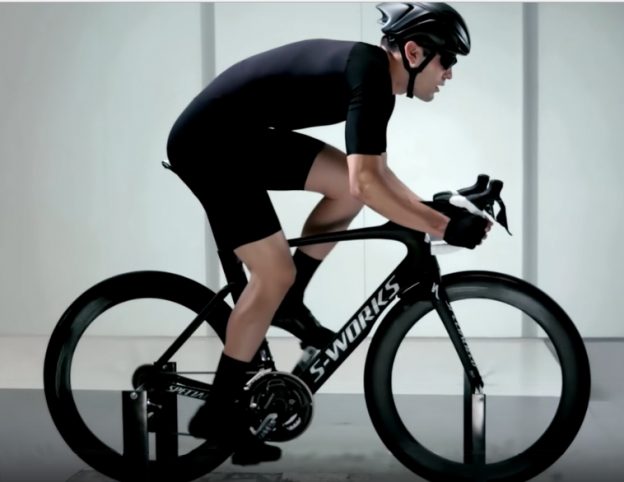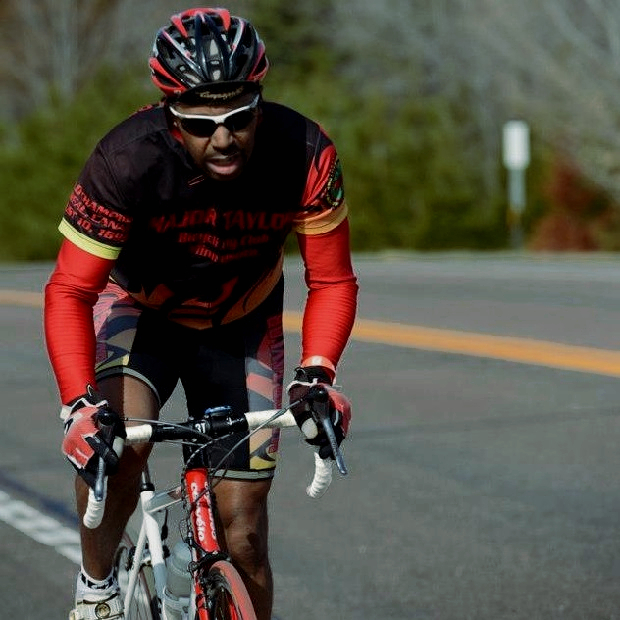Tag: comfortable riding
-

Be more comfortable and have more fun when you follow these bike fit tips!
Riding a bicycle is one of the most enjoyable hobbies available. When you have your bike fit to your body it becomes even more enjoyable. Don’t let little nagging annoyances take away from your great ride. Read on to learn the causes and fixes to cycling’s most basic discomforts.

